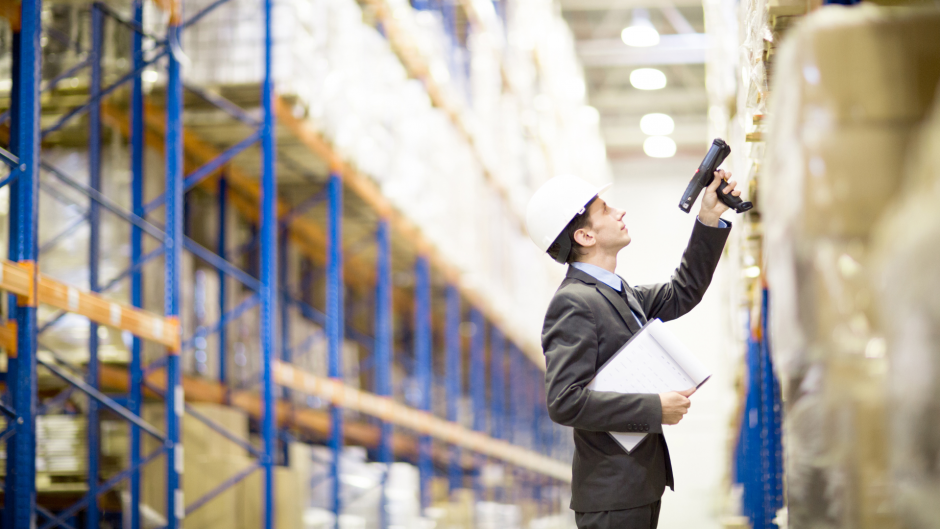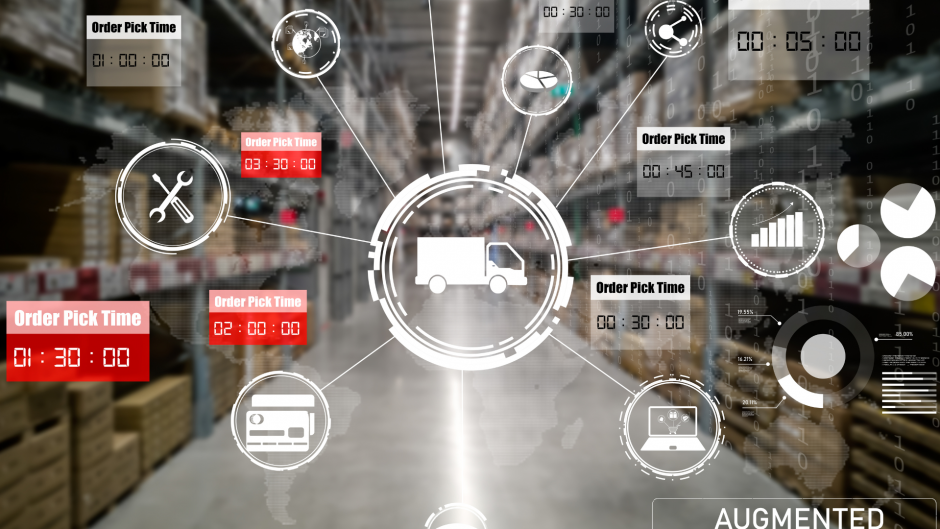The cosmetics industry is constantly evolving, and one area that has seen significant advancements is packaging. Packaging plays a crucial role in attracting consumers and creating a lasting impression. From luxurious glass bottles to eco-friendly materials, the options seem endless.
As the industry embraces new technologies, one innovative solution that has gained significant momentum is the use of 3D mockups for packaging. These virtual representations provide a realistic and tangible preview of the final product, allowing brands to experiment with different designs and materials before production.
By collaborating with firms like Partners + Hunt (From Concept to Reality: Exceptional Packaging Mockups Services provider) businesses can save time, money, and resources while ensuring a superior final product. 3D mockups are becoming increasingly popular with brands looking to stay ahead of the competition. With the right partner, businesses can easily realize their vision and create a packaging design that stands out from the rest.
That said, the wholesale packaging marketplace specifically rely on packaging to protect its products and to help with its marketing campaigns. This is particularly true of cosmetics where brand identity is important and the product will be required to come in breakable containers because of the need for it to look more luxurious inside a glass container, for instance. In this blog, we will explore the various kinds of packaging that the cosmetics industry will utilize in the upcoming years:
Plastic Packaging
Because of its low cost and ease of transportation, the most common type of cosmetics packaging has become plastic. Plastic material is not only sturdy but also highly moldable, allowing it to take various forms, making it an ideal option for containing a range of cosmetic products such as lotions, creams, and shampoos. Plastic packaging, in the form of recyclable containers like jars, tubes, and bottles, is widely utilized in the cosmetics industry. For specialized plastic fabrication needs, businesses may explore services like Plastic fabrication by TK Fabrications, ensuring quality and tailored solutions for cosmetics packaging.
Metal Packaging
Metal packaging has also been used in cosmetics for many years. Metal containers can be formed into different shapes to hold cosmetics products such as powders, foundations, and lipsticks. These containers are durable and provide excellent protection against contaminants. Some metal containers can even be decorated with intricate designs to add a touch of style to cosmetics products.
Glass Packaging
Glass containers, as talked about above, are also used for cosmetics packaging, although not perhaps as much as plastic or metal containers. Perhaps only where a degree of luxury is sought. Glass Bottles and containers tend to provide excellent protection from light and air exposure, which can affect the composition of products. It is important to note that glass is more fragile than other types of packaging materials and requires careful handling during transport.
Cardboard Packaging
Cardboard packaging is becoming more popular in cosmetics as it is a sustainable material that can be recycled easily. It is often used for cosmetics jars, bottles, and other containers. Additionally, cardboard packaging can be customized with different colors and designs to give cosmetics products a unique look.
Mylar Packaging
Mylar bags can be an excellent choice for cosmetic packaging because they tend to offer a robust barrier against moisture and can protect the product from light exposure. Moreover, these bags are made of flexible material, enabling them to accommodate various cosmetic products. Furthermore, cosmetic brands can enhance their branding by opting for a custom printed mylar bag tailored to their specific requirements.
Biodegradable Packaging
Another type of packaging that cosmetics companies are exploring is biodegradable packaging. This type of packaging is made from natural materials such as paper, corn starch, and rice hulls that can be broken down by microbes into harmless substances. This type of packaging is becoming increasingly popular due to its eco-friendliness, and cosmetics companies are starting to explore different ways to use biodegradable materials in their packaging.
There is more demand than ever that packaging is environmentally friendly. To be this, packing does not have to be biodegradable, it can simply be capable of being recycled. This will mean that the environment is not being polluted all over again when something does not have to be manufactured completely from scratch.
Many things are desired from packaging depending on the position of that packaging to the product. For instance, is the packaging holding the product directly or is it holding the product that is already inside a container? The label will need to be on a box for identification, whereas closer to a product it will include ingredients and what a product is made from. It may talk about allergies. So, all this will need to be capable of being added to a certain packaging type, either directly or via another label.
Conclusion
Overall, the cosmetics industry has a wide variety of packaging options available for its products. From traditional plastic, metal, and glass containers to sustainable cardboard and biodegradable packaging, cosmetics companies have plenty of choices to suit their needs. As cosmetics continue to evolve and become more sophisticated, so too will the packaging used for cosmetics products.











